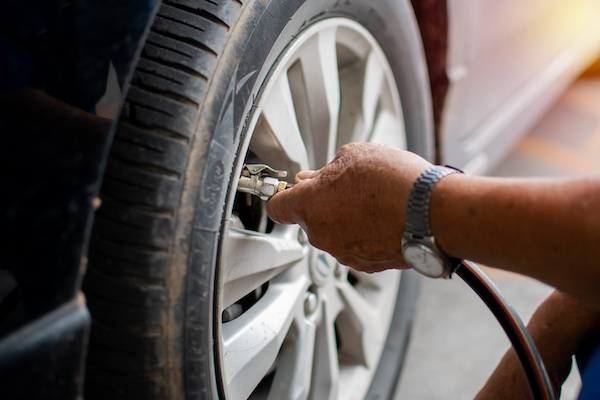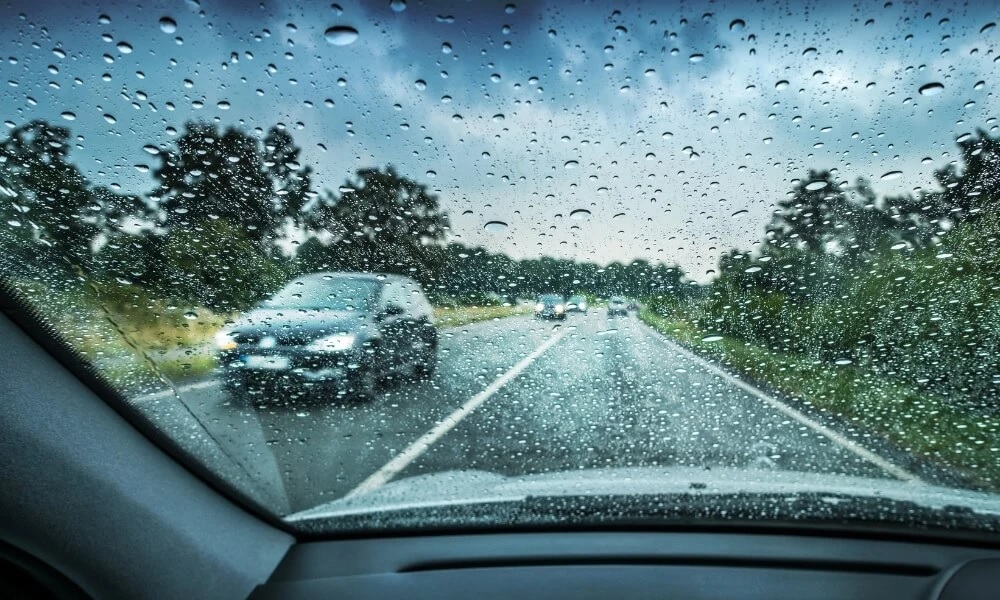Hydroplaning is a common phenomenon that occurs when your vehicle loses traction on the road due to a layer of water between the tires and the road surface. This can be a dangerous situation for drivers, especially in wet weather conditions. However, with the proper knowledge and skills, you can safely handle hydroplaning and avoid potential accidents. Here are a few tips to help you handle hydroplaning:
Slow Down
The most important thing you can do when driving in wet weather conditions is to slow down. Speeding through puddles or driving too fast on wet roads increases the chances of hydroplaning. By slowing down, you give yourself more time to react to potential hazards on the road.
Avoid Puddles
Try to avoid driving through standing water or puddles on the road. These areas are more likely to cause hydroplaning as the water can accumulate quickly and create a layer of water on the road surface. If you cannot avoid a puddle, slow down and drive through it cautiously.
Keep Tires In Good Condition

Good tire maintenance is crucial for safe driving in wet weather conditions. Make sure your tires are properly inflated and have sufficient tread depth. Worn out tires decrease the traction on the road and increase the chances of hydroplaning. Check your tires regularly and replace them when necessary.
Avoid Sudden Movements
When driving in wet weather conditions, avoid sudden movements such as hard braking, accelerating, or steering. These sudden movements can cause your vehicle to lose traction and increase the chances of hydroplaning. Instead, make smooth and gradual movements to maintain control of your vehicle.
Steer into the Skid
If you do experience hydroplaning and your vehicle starts to skid, steer into the skid. This means turning the steering wheel in the direction of the skid. This will help you regain traction and control of your vehicle. Avoid overcorrecting and jerking the steering wheel as this can make the situation worse.
Brake Gradually
If you need to brake when hydroplaning, apply the brakes gradually and gently. Sudden braking can cause your vehicle to slide and increase the chances of a collision. If you have anti-lock brakes, apply firm pressure to the brake pedal to activate the ABS system.
Conclusion
Hydroplaning is a common occurrence during wet weather conditions, but it can be safely handled with the proper knowledge and skills. By following these tips, you can reduce the chances of hydroplaning and safely navigate wet roads. Remember to slow down, avoid sudden movements, and keep your tires in good condition to stay safe on the road.




